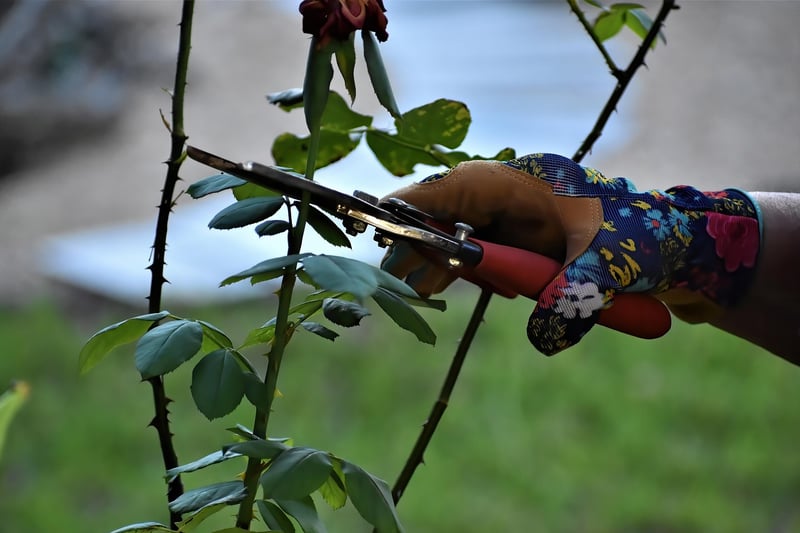Pruning Tips
How to Ensure Healthy Plants: Essential Pruning Tips
Healthy plants can transform your garden into a vibrant and beautiful space. Proper plant care, including pruning, is crucial to maintain their health and promote optimal growth. In this article, we will explore some essential pruning tips to help you ensure the well-being of your plants.
1. Understand the Purpose of Pruning
Pruning is not just about cutting off branches; it serves specific purposes such as:
- Removing dead or diseased branches
- Shaping the plant for aesthetic appeal
- Encouraging new growth and flowering
- Controlling the plant's size
2. Use the Right Tools
Invest in high-quality pruning tools such as sharp shears, loppers, and pruning saws. Clean and sharp tools make clean cuts, reducing the risk of damaging the plant.
3. Identify Branches to Prune
Look for dead, damaged, or diseased branches that need to be removed. Also, identify any crossing or rubbing branches that can hinder the plant's growth.
4. Prune at the Right Time
Prune deciduous trees and shrubs in late winter or early spring before new growth appears. For flowering shrubs, prune after they bloom to avoid cutting off next season's flowers.
5. Make Clean Cuts
Always make clean cuts close to the branch collar without leaving stubs. Improper cuts can lead to disease and slow healing of the plant.
6. Monitor Plant Response
After pruning, observe how the plant responds. Healthy plants will show signs of new growth and improved overall appearance. If you notice any issues, adjust your pruning techniques accordingly.
7. Seek Professional Help When Needed
If you are unsure about pruning certain plants or dealing with large trees, consider hiring a professional arborist to ensure proper care and maintenance.
By following these pruning tips, you can help ensure the health and vitality of your plants, keeping your garden looking its best throughout the year.

For more gardening tips and plant care advice, visit Gardeners World.
